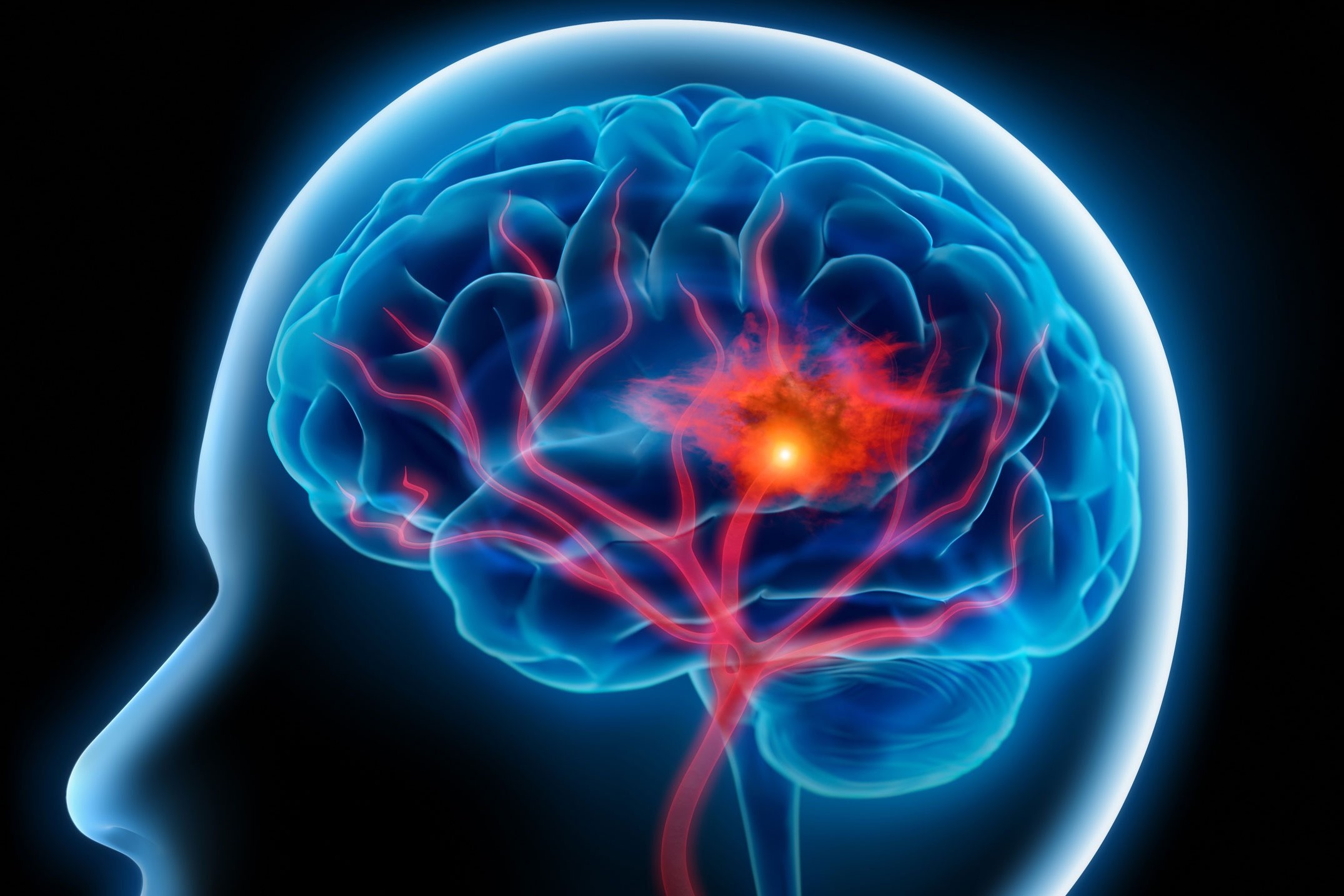
What is bradykinesia? Bradykinesia, a term from Greek meaning "slow movement," is a key symptom of Parkinson's disease and other similar disorders. It involves slow movement, reduced movement size, and a sequence effect where movements get slower and smaller over time. This condition can make everyday tasks challenging, affecting facial expressions, speech, and walking. The problem lies in the brain's basal ganglia, which struggle to help the motor cortex start and control movements. Understanding bradykinesia is crucial for diagnosing and treating Parkinson's and related conditions, improving patients' quality of life.
Key Takeaways:
- Bradykinesia is a condition that causes slow movement and difficulty starting movements. It can affect daily tasks and is often seen in Parkinson's disease.
- Understanding the brain's role in bradykinesia and using personalized treatments like medication and physical therapy can help improve movement and quality of life for people with this condition.
Understanding Bradykinesia
Bradykinesia is a term that describes a specific type of movement disorder. It's often seen in Parkinson's disease and other similar conditions. Let's dive into some key facts about this condition.
-
Definition and Terminology
Bradykinesia means "slow movement." It's different from hypokinesia (reduced movement amplitude) and akinesia (lack of movement). -
Clinical Presentation
People with bradykinesia have trouble starting movements. They might have a blank facial expression, soft speech, and difficulty with small tasks like buttoning a shirt. -
Pathophysiology
The brain's basal ganglia and other areas don't work properly in bradykinesia. This makes it hard to start and control movements.
The Role of the Brain
The brain plays a big part in how bradykinesia affects movement. Let's look at how different brain areas are involved.
-
Basal Ganglia Dysfunction
In Parkinson's disease, the basal ganglia don't function correctly. This leads to slow and stiff movements. -
Role of Other Structures
Other brain areas like the motor cortex and cerebellum also play a role. They help process movement signals but don't work well in bradykinesia.
Diagnosing Bradykinesia
Doctors use several methods to diagnose bradykinesia. Here are some key points about how they do it.
-
Clinical Assessment
Tests like finger tapping and heel tapping help doctors see how well someone can move. -
Diagnostic Criteria
Knowing the features of bradykinesia helps doctors tell it apart from other conditions like Huntington's disease or cerebellar disorders. -
Levodopa Therapy
This common treatment for Parkinson's disease can help improve bradykinesia, but it doesn't fix everything.
Features of Bradykinesia
Bradykinesia has several unique features that make it different from other movement disorders.
-
Sequence Effect
Movements get slower and smaller the more you repeat them. This is called the sequence effect. -
Hypokinesia
This means movements are smaller than they should be. It often happens along with bradykinesia. -
Akinesia
This is when someone can't start a movement at all. It can cause things like freezing of gait.
Historical Context and Secondary Causes
Bradykinesia has a rich history and can be caused by various factors.
-
Historical Context
James Parkinson first described bradykinesia as a key feature of Parkinson's disease. -
Secondary Causes
Muscle weakness, rigidity, and even slow thinking can make bradykinesia worse.
Compensatory Processes and Network Dysfunction
The body tries to adapt to bradykinesia, but this can lead to other issues.
-
Compensatory Processes
Other brain areas try to make up for the basal ganglia's problems, but this isn't always enough. -
Network Dysfunction
Bradykinesia comes from problems in the brain's network of movement control areas.
Clinical Examination and Kinematic Analysis
Doctors use both traditional exams and new technology to understand bradykinesia better.
-
Clinical Examination
Physical exams are still the best way to diagnose bradykinesia, even though they have some limitations. -
Kinematic Analysis
This high-tech method uses motion sensors to get a detailed look at how someone moves.
Dual-Axes Approach and Etiological Hints
New ways of thinking about bradykinesia are helping doctors understand it better.
-
Dual-Axes Approach
This method looks at both the symptoms and possible causes of bradykinesia. -
Etiological Hints
Certain symptom combinations can give clues about what's causing bradykinesia.
Bradykinesia in Dystonia and Functional Disorders
Bradykinesia isn't just a Parkinson's disease symptom. It shows up in other conditions too.
-
Bradykinesia in Dystonia
People with dystonia can also have bradykinesia, making diagnosis tricky. -
Dystonic Bradykinesia
This term describes bradykinesia that affects the same body part as dystonia. -
Functional Bradykinesia
This type happens in functional neurological disorders and needs careful diagnosis.
Pathophysiological Mechanisms and Animal Studies
Research is helping us understand the complex causes of bradykinesia.
-
Pathophysiological Mechanisms
Problems in both the basal ganglia and other brain areas cause bradykinesia. -
Animal Studies
Studies on animals show that damage to certain brain areas can cause bradykinesia-like symptoms.
Clinical Implications and Treatment Variability
Understanding bradykinesia helps doctors treat it better, but treatment isn't one-size-fits-all.
-
Clinical Implications
Knowing the features of bradykinesia helps doctors make better diagnoses and treatment plans. -
Treatment Variability
Levodopa helps, but it doesn't work the same for everyone. Personalized treatment is key.
Deep Brain Stimulation and Phenomenological Approach
Advanced treatments and new ways of thinking are helping manage bradykinesia.
-
Deep Brain Stimulation
This treatment can help but sometimes causes bradykinesia as a side effect. -
Phenomenological Approach
Describing symptoms in detail helps doctors understand and treat bradykinesia better.
Etiological Considerations and Diagnostic Challenges
Knowing the cause of bradykinesia is crucial for effective treatment.
-
Etiological Considerations
Different symptom combinations can point to different causes of bradykinesia. -
Diagnostic Challenges
It's hard to diagnose because it looks like other conditions. New techniques are helping.
Research Needs and Interdisciplinary Approach
More research and teamwork are needed to improve bradykinesia care.
-
Research Needs
We need more studies to understand bradykinesia better and find new treatments. -
Interdisciplinary Approach
Doctors, therapists, and other healthcare workers need to work together for the best care.
Patient Education and Physical Therapy
Educating patients and using physical therapy can make a big difference.
-
Patient Education
Teaching patients about their condition helps them manage it better. -
Physical Therapy
Exercises and other therapies can help improve movement and quality of life.
Medication Management and Surgical Interventions
Medications and surgeries can help but need careful management.
-
Medication Management
Levodopa and other drugs can help but need to be tailored to each person. -
Surgical Interventions
Surgeries like deep brain stimulation can help but come with risks.
Cognitive Implications and Social Impact
Bradykinesia affects more than just movement. It can impact thinking and social life too.
-
Cognitive Implications
Slow movements can make daily tasks harder and affect thinking skills. -
Social Impact
Bradykinesia can make social interactions and work difficult, affecting quality of life.
Future Research Directions
Looking ahead, research will help us understand and treat bradykinesia better.
-
Future Research Directions
Studies on brain networks, secondary causes, and new treatments will improve care. -
Phenomenology and Etiology
Understanding the symptoms and causes of bradykinesia will help doctors make better diagnoses and treatment plans.
Final Thoughts on Bradykinesia
Bradykinesia, marked by slowness of movement, is a key symptom of Parkinson's disease and other parkinsonian disorders. It affects daily activities, making tasks like walking, speaking, and facial expressions challenging. The basal ganglia play a crucial role in this condition, but other brain structures also contribute. Levodopa therapy and deep brain stimulation offer some relief, though their effects vary. Physical therapy and patient education are essential for managing symptoms and improving quality of life. Understanding bradykinesia's features helps in accurate diagnosis and effective treatment. Ongoing research aims to uncover more about its pathophysiology and develop better treatments. By focusing on these aspects, we can enhance care for those affected by this complex motor disorder.
Frequently Asked Questions
Was this page helpful?
Our commitment to delivering trustworthy and engaging content is at the heart of what we do. Each fact on our site is contributed by real users like you, bringing a wealth of diverse insights and information. To ensure the highest standards of accuracy and reliability, our dedicated editors meticulously review each submission. This process guarantees that the facts we share are not only fascinating but also credible. Trust in our commitment to quality and authenticity as you explore and learn with us.


